
 The Bahrain World Trade Centre ... rising to a height of 240 m in the heart of Manama.
The Bahrain World Trade Centre ... rising to a height of 240 m in the heart of Manama.
The twin-tower Bahrain World Trade Center (BWTC) located in the heart of Manama, adjacent to the Sheraton Hotel, which will soon reach its full height of 240 m, is set to become an iconic development reflecting the country’s past and future.
The sail-shaped towers will not only embody Bahrain’s maritime past but the project will also surpass existing boundaries of construction technology by becoming the world’s first to suspend electricity-generating wind turbines between two commercial tower structures.
The two office towers will also incorporate highly advanced intelligent building technology with fully IT-integrated functions including an Intelligent Building Management System (IBMS), intelligent car parking system and various managed services for both retail and office tenants. The full IT infrastructure is being provided by XpandAdvisory/NCS, a joint venture between both local and international firms.
“The Bahrain WTC will enable tenants to enjoy high-speed broadband Internet access, Internet Protocol (IP) telephony, wireless, unified messaging, all on a single, converged voice-data-video network,” says Nizar Ahamed, head of cost management with HAJ.
He elaborates: “Tenants can access other IT-related amenities as easily as standard utilities like water and electricity. The integrated building management services will reduce costs by increasing energy efficiency and improving facility and resource management. Advanced security systems will protect the building and its tenants with intelligent secured access, protection, surveillance, warnings and responses. The consultancy design will have open-standard IP infrastructure, to deliver high-speed broadband internet access, IP telephony, wireless, unified messaging, all on a single, converged voice-data-video network.”
In addition, the project claimed a first for the country when it agreed a contract with Tabreed to procure a district cooling system to supply chilled water to the air-conditioning system. The development also achieved a further national first being designed to US NFPA (National Fire Protection Agency) codes.
Designed and engineered by WS Atkins, the Bahrain WTC incorporates pioneering architecture, comprising of two stunning sail-shaped towers complete with three turbines connecting the two commercial towers.
“The towers and turbines were inspired by traditional Arabian wind towers which harness the wind energy from the onshore breeze,” says Atkins head of architecture, Shaun Killa. “Now transformed into a 21st century form and building typology, wind power is expected to produce a sizeable portion of the building’s power requirements.”
“The project will serve as a model for an environmentally-conscious design and help pave the way for future projects to also integrate energy from wind power,” he adds.
The maritime theme is echoed not only in the shape of the towers but also in the exterior façade elements, which resemble nautical features such as the sails of a ship. The interiors of the mall and office areas, being designed by international interior designer Aedas, replicate the wind turbine theme with their blade-inspired décor. Fountains and water features enhance the overall ambiance of both the interior and exterior areas.
The tower facades will primarily consist of a unitised cladding and curtain walling system, which is manufactured incorporating aluminium, glass and insulation as a complete module in an air-conditioned factory to ensure the highest quality of the final product.
The façade treatment to the podium and the existing mall will consist of a combination of stone cladding and a stick system of curtain walling and aluminium cladding.
The towers rise above a three-storey sculpted podium and basement on a trapezoidal site on King Faisal Highway and enjoy unobstructed views over the Arabian Gulf along the entire 340 m northwestern frontage. The project has been planned to integrate harmoniously with the existing Bahrain Commercial Complex - which incorporates a double-height luxury shopping mall and a 16-storey office tower – and the 12-storey five-star Sheraton Hotel. Each 50-storey office tower accommodates 34 office floors, and further occupier services floors including a business centre and health club facility.
The podium accommodates a double-storey extension to the existing Bahrain Commercial Complex shopping mall, bringing the total number of retail units in the completed centre to over 200. The podium also incorporates five levels of car-parking, both covered and on upper deck level. The project will offer over 1,700 on-site car-parking spaces when complete.
The new development is planned along a central pedestrian spine. A striking, curved glass form with an impressive floating canopy projecting over the main entrance between the two towers, leading to a 25-m-diameter skylit grand circular Centre Court. The two prominent pedestrian spines extending from the existing shopping centre, lead to the Centre Court main entrance and the North Court secondary entrance, besides the major anchor tenant location within the mall ensuring that both the existing mall and extension are completely integrated.
A sky-lit, Garden Court forms the mall centrepiece providing a luxurious café and relaxation area whilst also serving as an air-conditioned transition to the Sheraton Hotel and its additional facilities. The hotel is currently undergoing extensive refurbishment to include an extension to its lobby, which will overlook the garden court and provide additional seating to the Sheraton coffee house on this level.
The project team combines leading local and international expertise including HAJ, (client representative and cost manager), WS Atkins (architect and engineer), Nass Murray and Roberts (main contractor) and DTZ Bahrain (leasing and managing agents).
Construction
Work on the project started in June 2004 with the diversion of existing services on the site to make way for the new development. A total of 224 high-capacity piles ranging in diameter from 900 to 1,200 mm - were driven to a maximum depth of 31m under each tower. The piling work was undertaken by two specialist foundation subcontractors - Bahrain Foundations and Construction Company (which undertook the main piles to the towers) and Keller Grundbau (which did the contiguous pile wall to support the existing mall facilities and piling for the Garden Court).
The project crossed a major milestone in December 2004 when Nass Murray and Roberts performed the country’s largest-ever concrete pour in a record 30 hours for the foundations of the East Tower of the project. Some 4,000 cu m of concrete have been poured for each of the 3 m-deep rafts of the two towers, according to Will Nolan, Nass-Murray and Roberts’ project director.
The contractor started casting the tower floors early last year and since then the two towers have risen at a pace averaging six days per floor cycle – the longer cycles in the early days being 20 days and the best having been three days, according to Nolan.
Elaborating on the construction technique used, he says: “We have used a hybrid construction technique involving part precast (hollowcore floor slabs) and part in-situ concrete (both from Delmon), which have helped us achieve our average cycle times. A combination of formwork systems, from Peri (automatic climbing systems and jump forms), Doka (tables for the podium and lobby) and RMD, is being used and has worked very well. Extensive use has been made of high-strength concrete both in the cores and columns to maximise the net lettable area.
“GGBFS (ground granulated blast furnace slag) and microsilica has been used for the foundations and basement areas,” says Ahamed. “The concrete strength ranges from 45 N/sq mm (for the foundations and above level 25) and 60 N/sq mm up to level 25 for the vertical elements of the structure.”
Nolan continues: “Construction work is being carried out round the clock on key elements of the structure, which has a complex geometry.”
Each of the towers has two cores – the main core extending to level 44 and the secondary core rising to the 25th floor – as well as raking columns. Work is currently at level 42 on both towers with around 2,000 people on site. “Concreting works will be complete at level 44. Each of the towers will be surmounted by a feature structural steel spire, which we are expecting to be erected in March this year, following completion of concreting works,” he says.
Meanwhile, the UAE-based Al Abbar has recently started curtain-walling work on the project (see separate article).
“The building is clad in glazed aluminium incorporating high-performance glass, which meets and exceeds Bahrain’s insulation standards,” says Andrew Debrunner, resident engineer at Atkins. “The unitised curtain-walling system incorporates low-E double glazing.”
The three wind turbines will be installed on 65-tonne bridges, which are currently being manufactured. Conventional bridge bearings including single-point bearings and rolling bearings transfer the load of the bridges to the building structure. Each turbine spans 29 m in diameter and will generate between 1,100 and 1,300 MWh per year, which will amount to approximately 11 to 15 per cent of the office tower’s electrical energy consumption. In carbon emission terms this equates to an average of 55,000 kgC (UK electricity basis).
The turbines are expected to be erected in April. Elaborating on the measures to be taken to address the noise levels and resonance caused by the installation of wind turbines, Debrunner says: “The frequency response of the bridges, turbines and blades have been taken into account in the design to mitigate transmission of noise and vibration to the building. The speed of the blades has been lowered to an optimum level compared to standard wind turbines. In addition, the sound insulation of the cladding adjacent to the line of the blades has been beefed up and the thickness of the glass near the wind turbines has also been increased.” (see separate article).
Apart from the towers, construction work is also under way on the Garden Court and the podium.
At the peak of construction – which is imminent – some 2,400 workers are expected to be on site. The entire project is due for completion in late summer this year.
Under a separate contract awarded to GP Zachariades, the Sheraton Hotel – main lobby, lower lobby, swimming pool and deck, health club and Awali ballroom is being refurbished. Decovar Orient is the interior designer for these areas. Refurbishment to Al Taj Ballroom is already complete.
“Ahamed Mohamed Jassim has been appointed to refurbish all the guest room floors and the corridors. The work on three floors, which started two months ago, will be handed over by the end of this month. The remaining floors will be handled during the summer,” says Ahamed.
“As part of the refurbishment, all the guests rooms will have 32-inch interactive LCD televisions and all the suites will have 40-inch LCD televisions. “We have appointed Hirsh Bender Associates from Dubai, interior designer to provide a facelift for the Al Layali Nightclub and Al Safir restaurant,” says Ahamed.
Challenges
Given the limited number of skyscrapers that have been constructed in Bahrain, the project has provided a learning curve for all parties involved in the project.
“The first challenge encountered on the project was appointing a contractor through competitive tendering,” says Ahamed .“We wanted to launch the work immediately but had only the concept drawings to proceed with. So we went ahead on a remeasurable contract and managed to get a good value for the client. If we had waited until the detailed design was completed we would have wasted around 10 to 12 months.”
Nolan continues: “In fact, we had to start a month before the preliminary design review came out in July (2004). The biggest challenge was in designing and constructing the building in parallel.
“Getting the specialist contractors on board was another problem as the Bahrain market is not set up for fast-track construction – though the market is now changing. For the piling for instance, there are only two or three firms that could take on the job.”
Nolan continues: “The workforce here is used to low-rise construction and basically hasn’t much experience in handling systems formwork and prefabricated reinforcement for elevated structures. So it’s been a learning curve, where we’ve had to train people to use system formwork as well as educate them on high safety standards.”
While access to the site hasn’t been much of a hurdle, according to the contractor, the client did have to address the problem of ensuring access to the shopping centre, which was kept fully operational.
“We have managed to provide good access for shoppers to the existing mall as well as kept the Sheraton Hotel operational,” says Ahamed.
To facilitate parking for visitors to the hotel, a new multi-storey car-park for 195 cars has been built next to the Sheraton Hotel within a span of eight months. In addition, a total of 450 car-parking slots will be handed over by the contractor in February.
M&E services
As stated above, the BWTC is the first project in Bahrain to procure a district cooling system which will pump chilled water through the air conditioning system from an underground network of piping from Tabreed’s new facility currently being constructed in the Diplomatic Area.
In relation to the M&E Services, Nolan says: “The BWTC will be served by a total of 26 elevators supplied by Otis including four panoramic lifts which rise up to level 42 of the towers. These elevators will provide an exceptional view of the wind turbines and the city beyond.
“A sophisticated façade cleaning system comprising floor-mounted building maintenance units manufactured by Secalt Dubai will ensure that the skyscrapers continue to retain their shining facades. The spires will be cleaned by abseillors, who will be fully harnessed and will meet international health and safety measures. This will provide quite a spectacle for passers by.
“The Bahrain World Trade Center promises to be an exceptional development from conception to completion and will provide an international landmark for Bahrain,” Ahamed concludes.



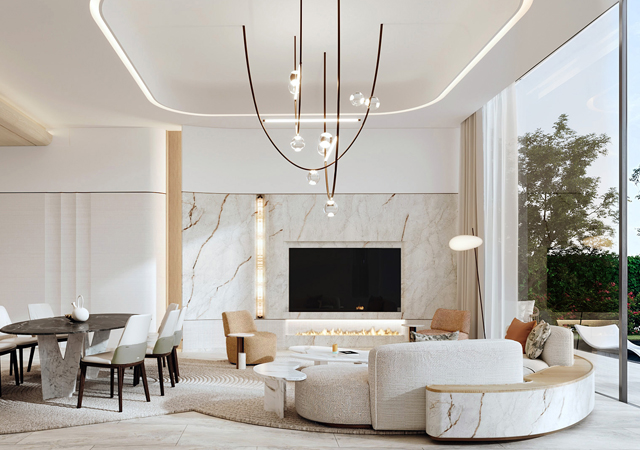
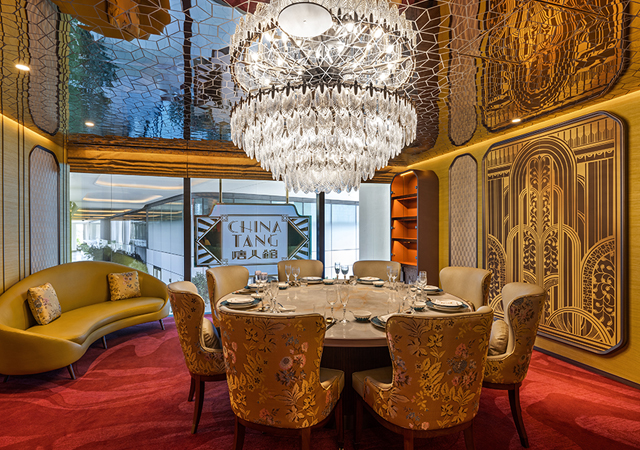
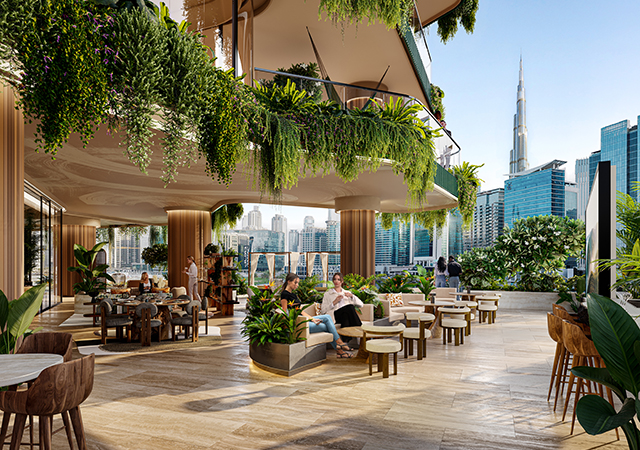
.jpg)




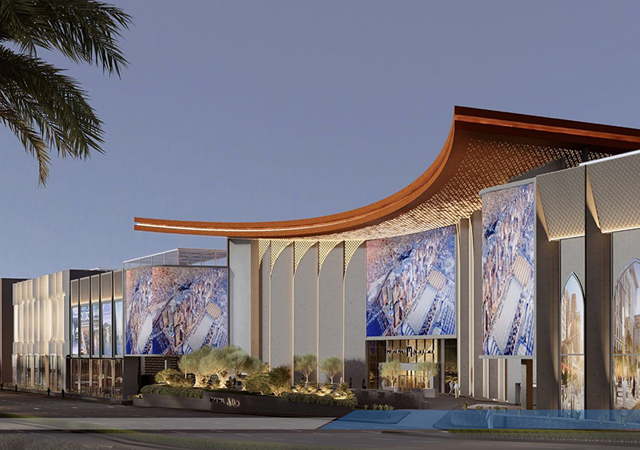
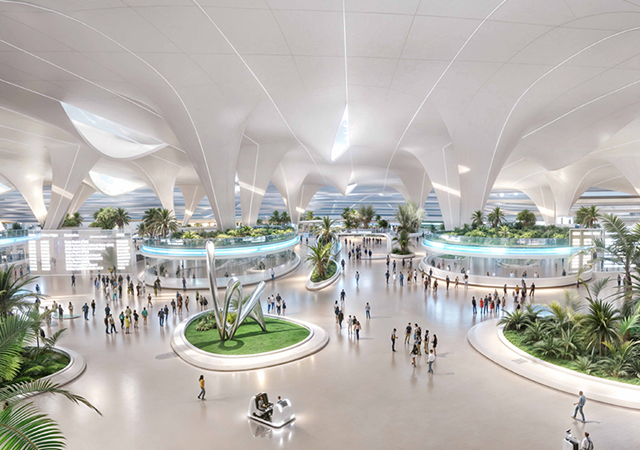
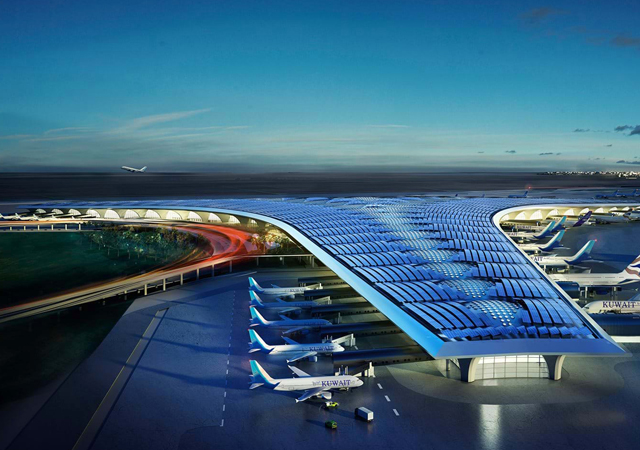
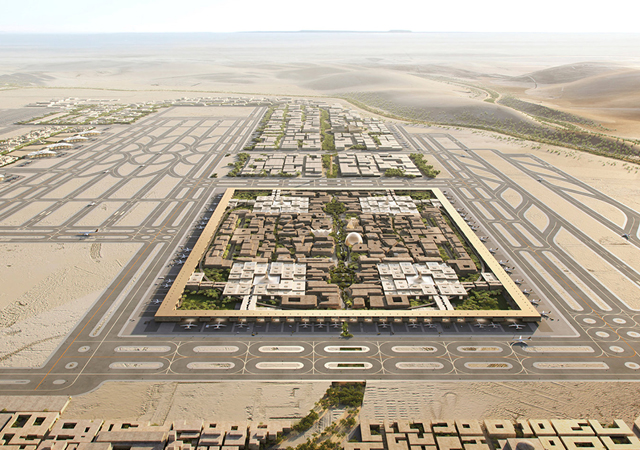
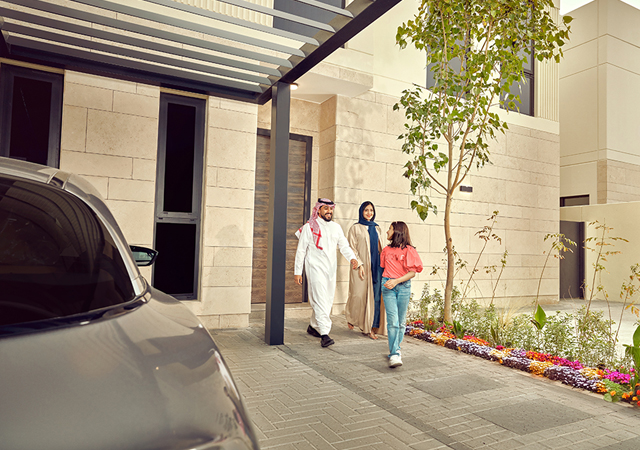
.jpg)
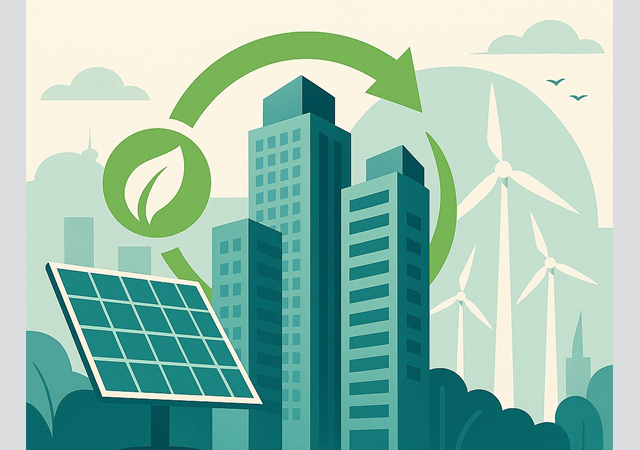
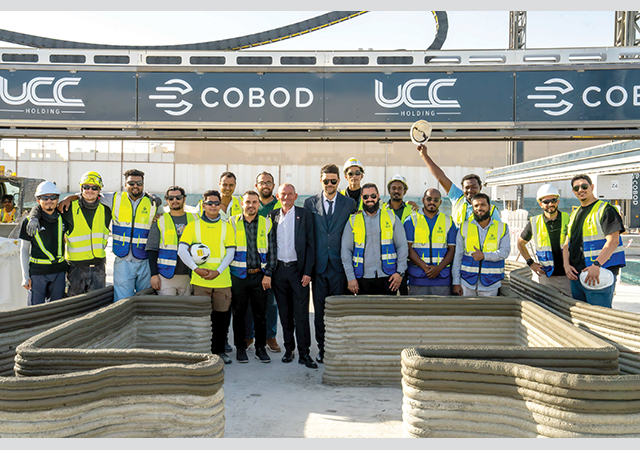
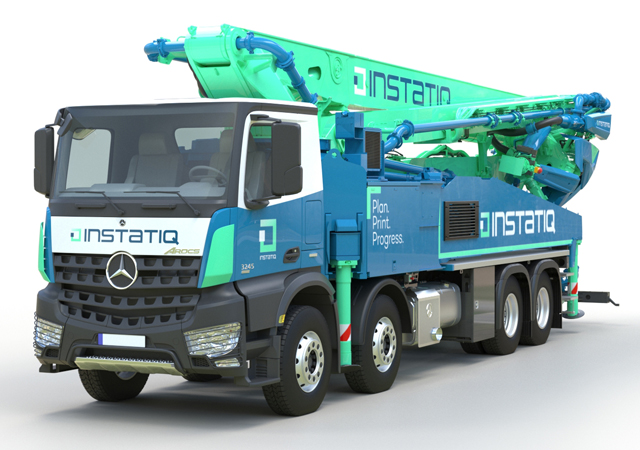
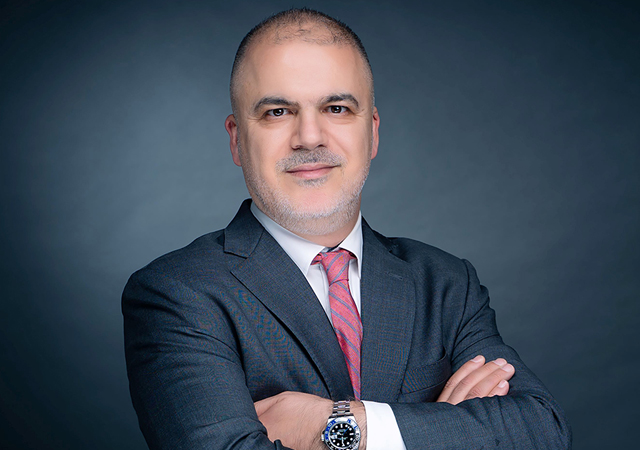
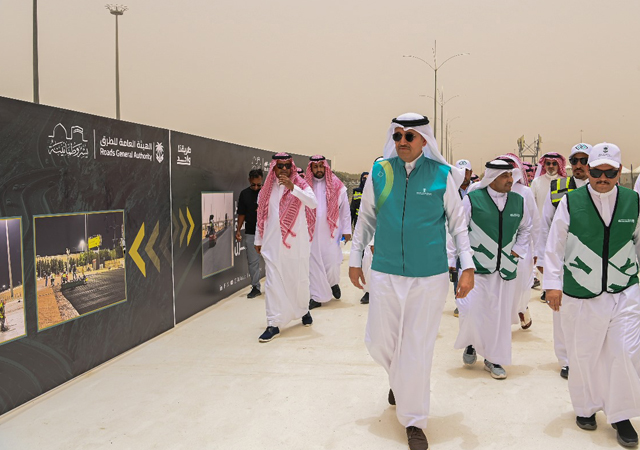
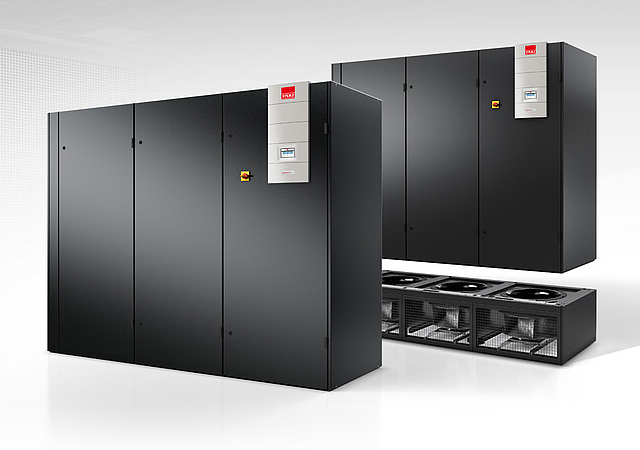
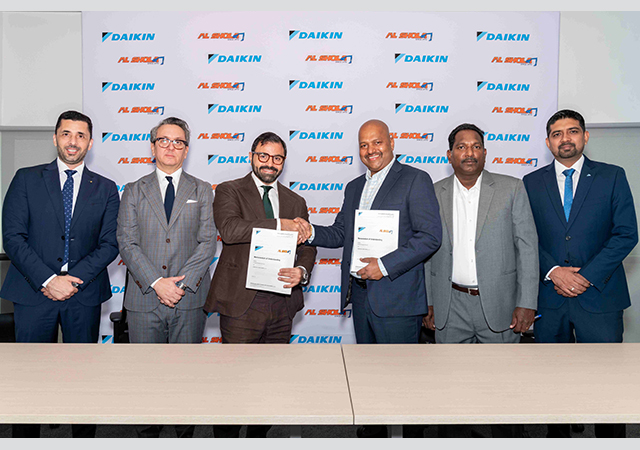

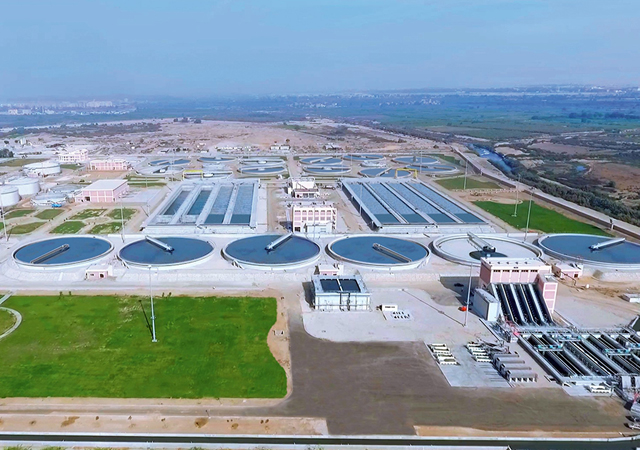
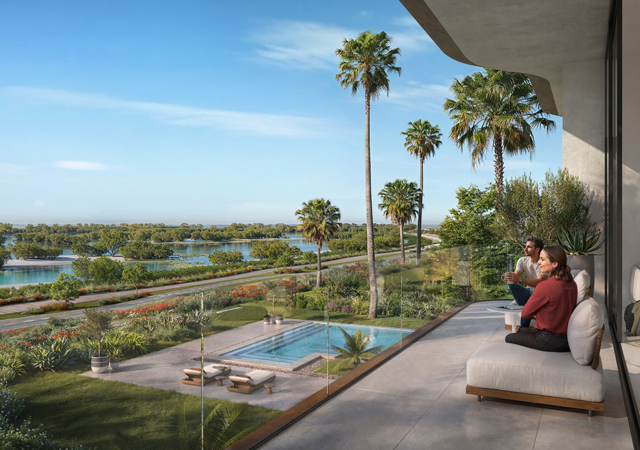
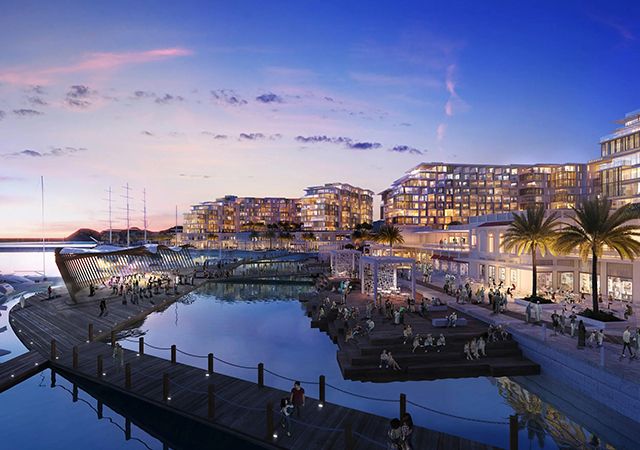

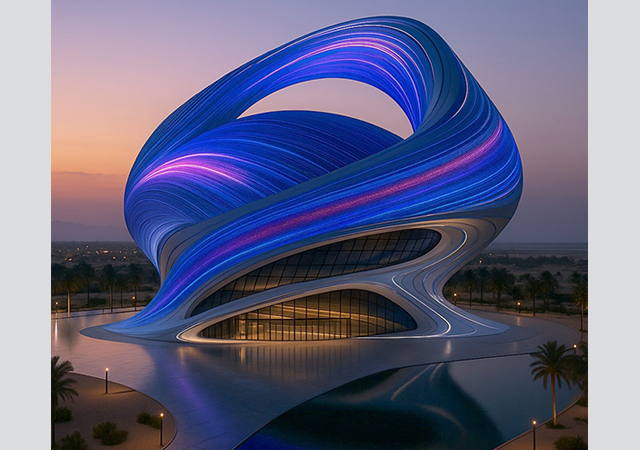
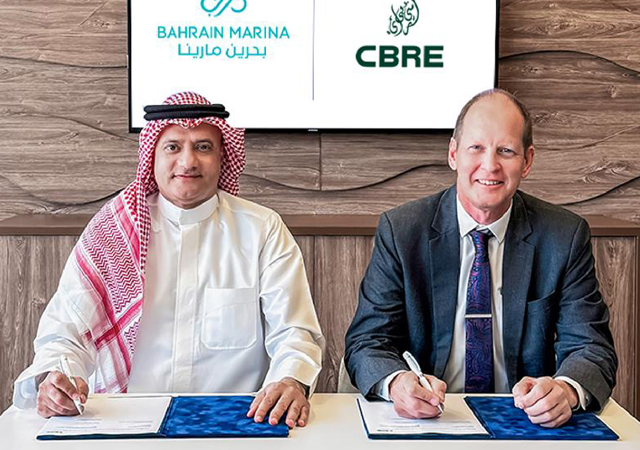
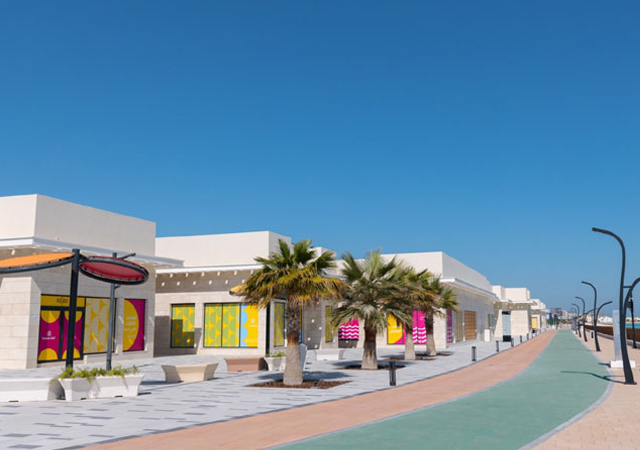
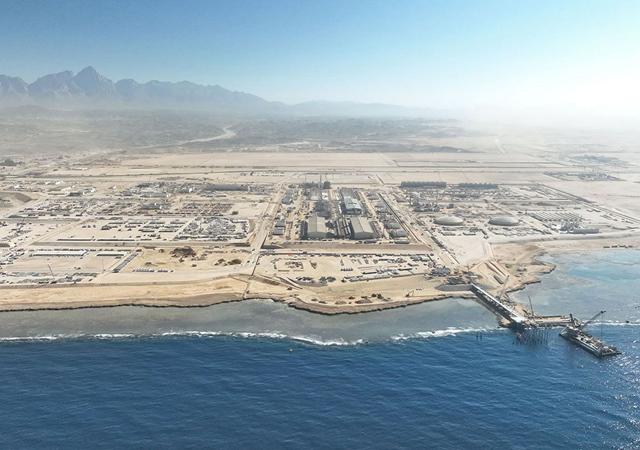
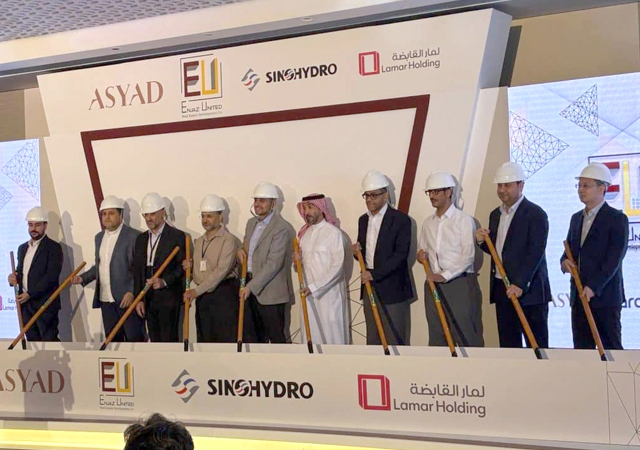
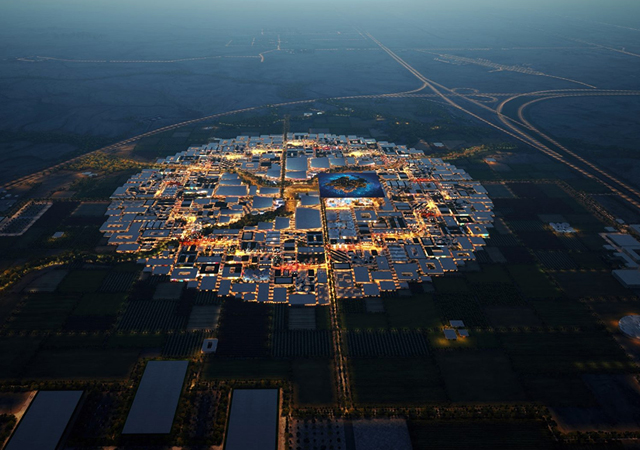
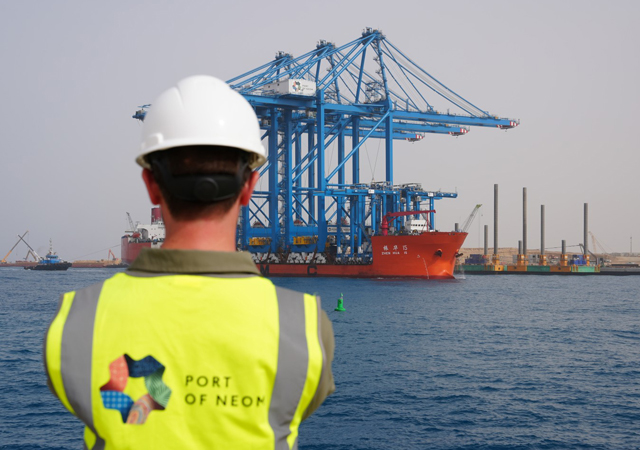
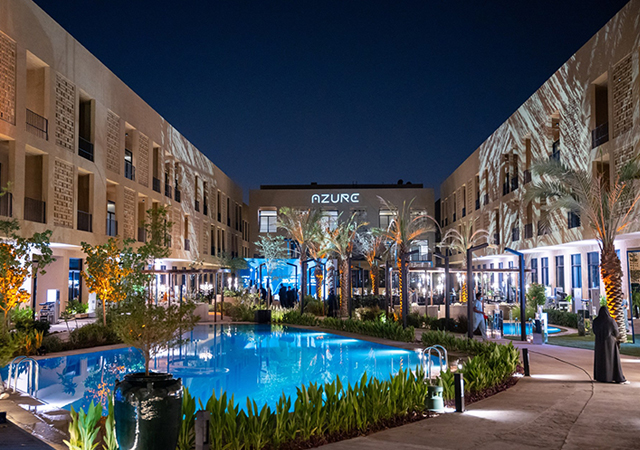
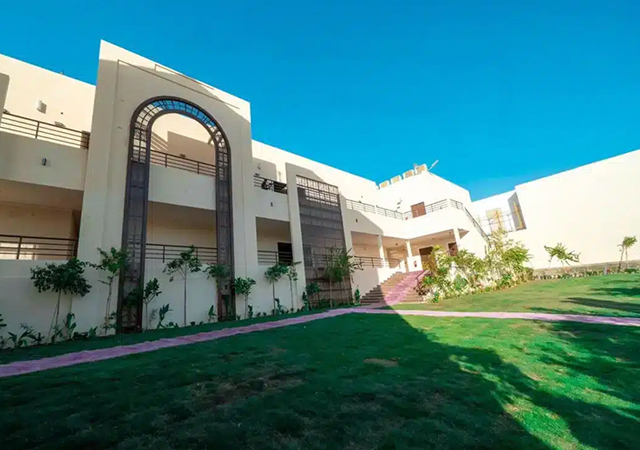

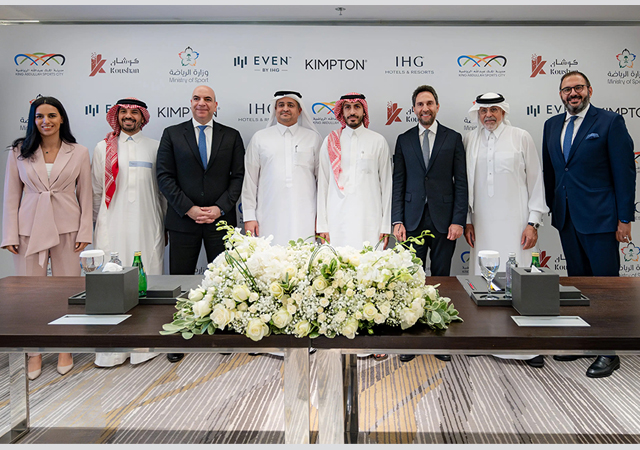
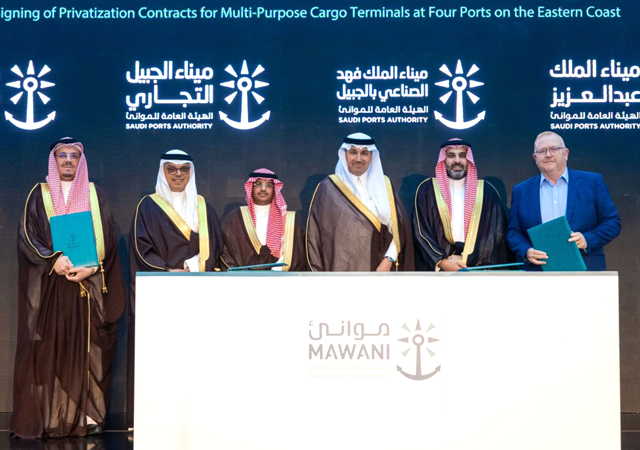
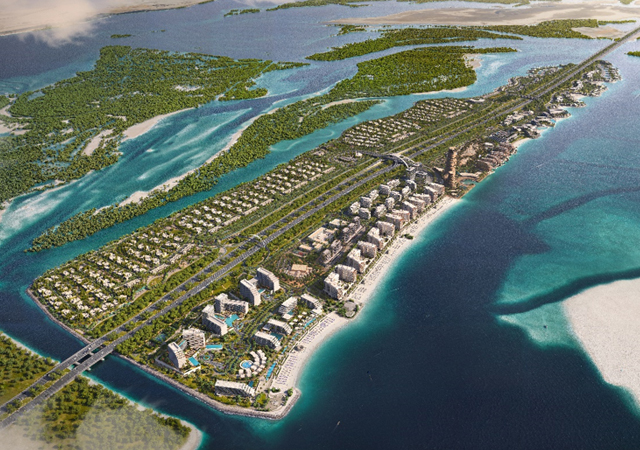
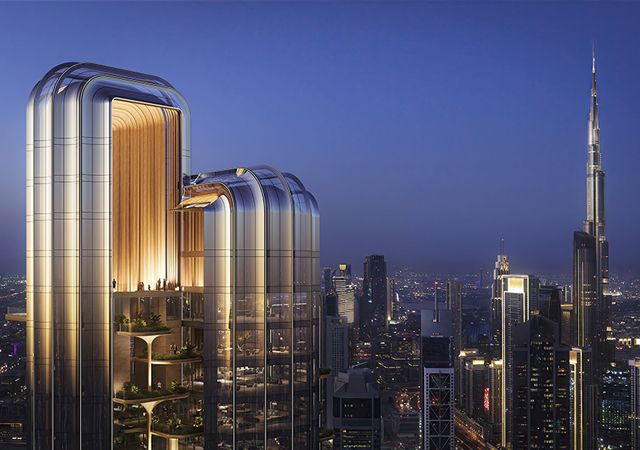
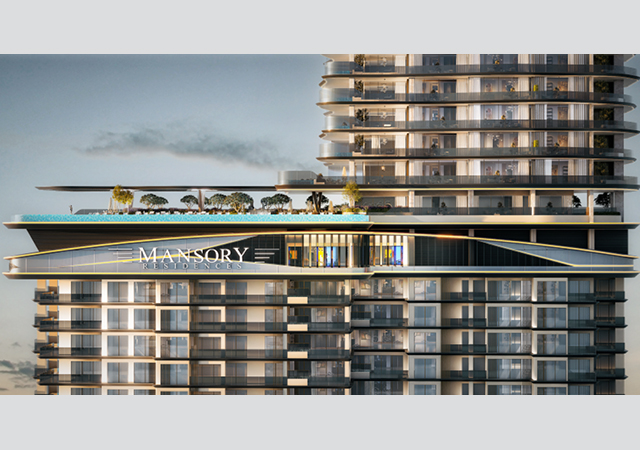
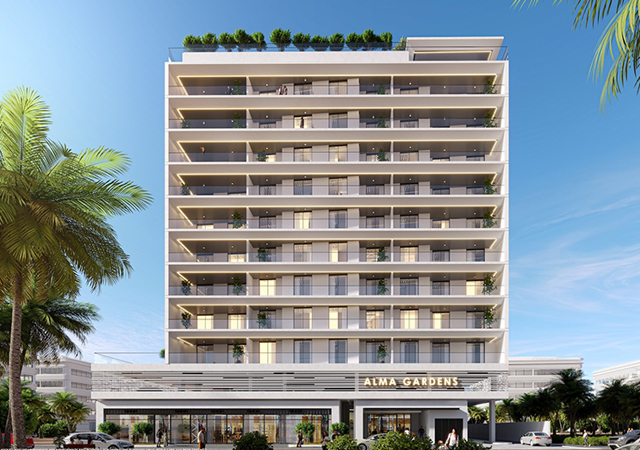

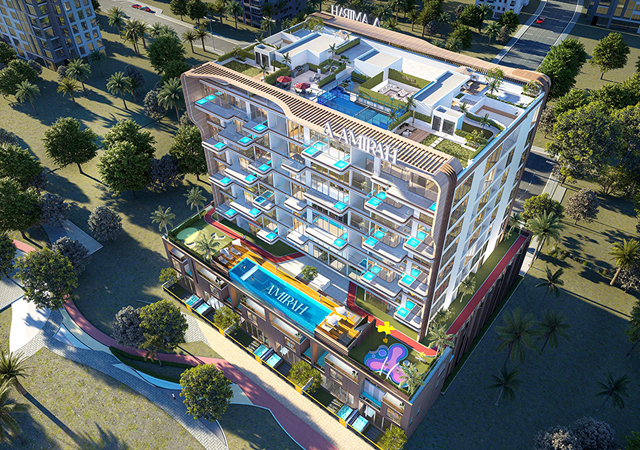
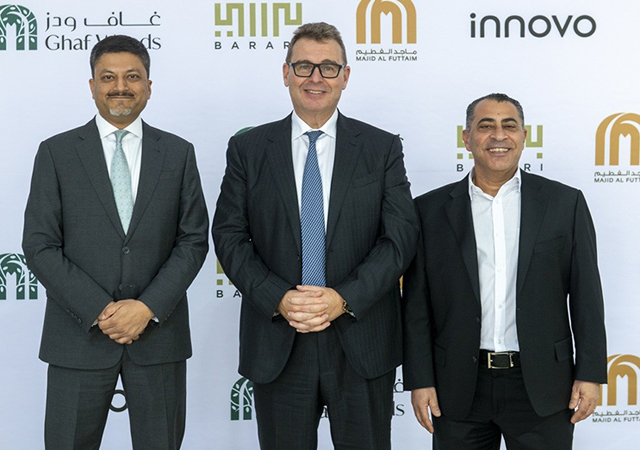
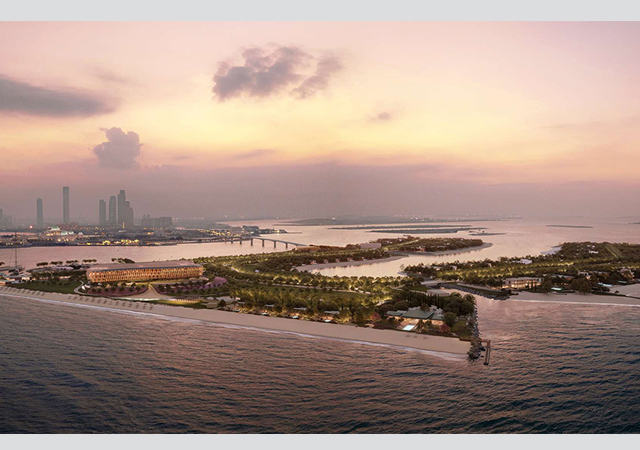
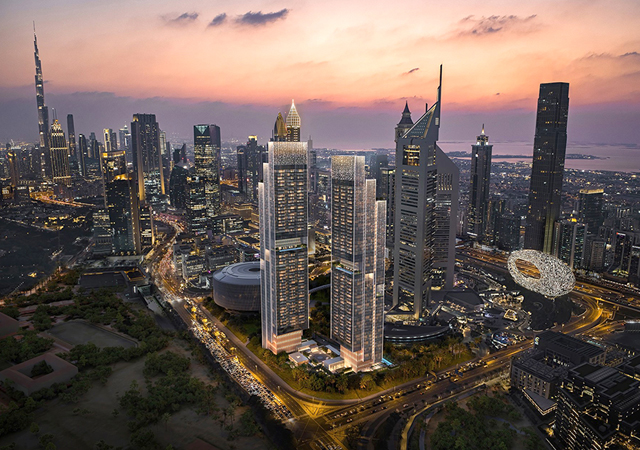
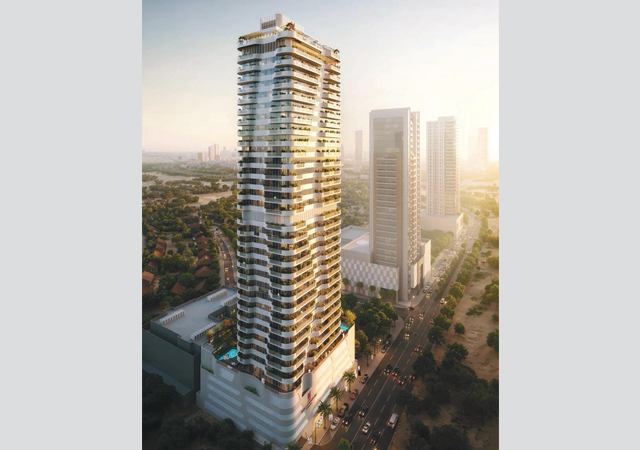
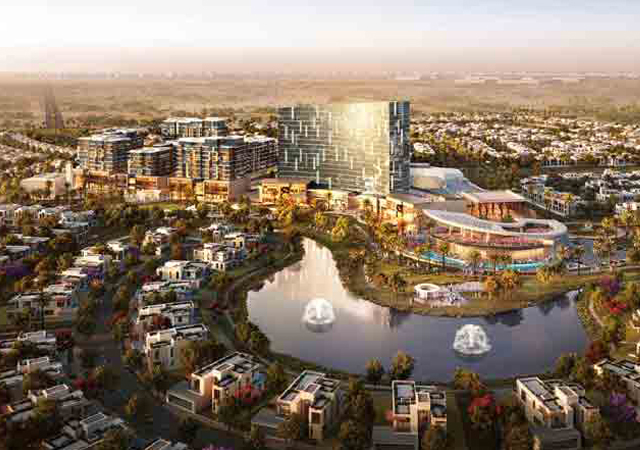
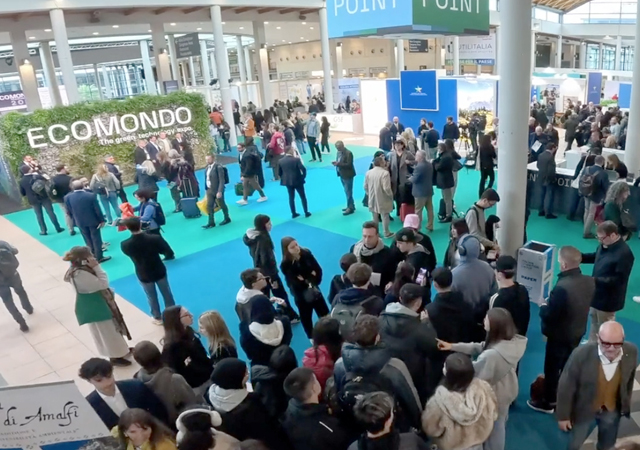
.jpg)
















